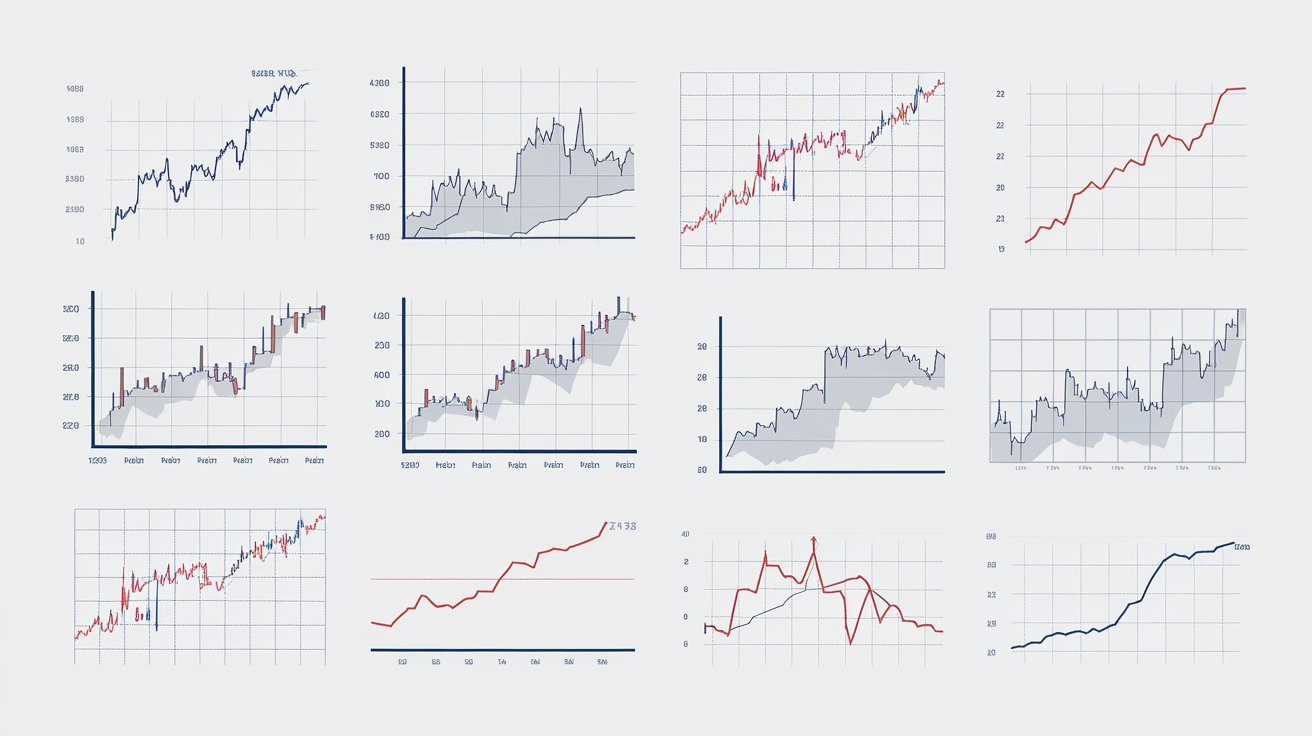
The Middle East and North Africa (MENA) region is a dynamic, rapidly evolving market that offers immense opportunities for businesses and investors alike. With a unique blend of natural resources, strategic location, and increasing digital adoption, the MENA region has emerged as a hub of economic growth and innovation. To navigate this promising yet complex landscape, it’s crucial to understand the key trends shaping the market in 2024.
Understanding the MENA Region Market
The MENA region comprises countries in the Middle East and North Africa, including Saudi Arabia, UAE, Egypt, Morocco, and others. Known for its vast oil reserves, the region is diversifying, focusing on sectors like technology, tourism, and renewable energy. Each country has unique strengths, but together they represent a significant market with millions of consumers and strategic trade routes.
Current Economic Landscape in the MENA Region
The economic landscape in MENA is shaped by rising GDPs, government reforms, and a focus on innovation. Countries are making strides to reduce dependence on oil, fostering a broader economic base to attract foreign investment and create jobs. With robust growth projections, the region is drawing international attention, especially in emerging sectors.
Top Emerging Sectors in the MENA Region
- Technology and Innovation: From AI to IoT, technology is a top growth sector.
- Renewable Energy: Solar and wind energy projects are rapidly expanding.
- Healthcare and Pharmaceuticals: High demand for healthcare facilities and services.
- Real Estate and Construction: Urbanization and tourism are driving this sector forward.
Technology and Digital Transformation
The MENA region has embraced digital transformation at an accelerated pace. E-commerce, driven by a young, tech-savvy population, is booming. Digital payment systems, fintech solutions, and government-backed digital initiatives are supporting the region’s shift towards a modern, digital economy.
The Renewable Energy Boom
Countries like Saudi Arabia and the UAE are leading renewable energy projects, particularly in solar and wind energy. Government incentives and investment have turned the region into a leader in sustainable energy initiatives, with plans for renewable sources to significantly contribute to the energy mix by 2030.
Healthcare Sector Growth
Demand for healthcare services has surged, with investments flowing into hospitals, clinics, and pharmaceuticals. The rise of telemedicine is also noteworthy, providing access to healthcare in remote areas. This expansion is a response to both population growth and increased focus on quality healthcare services.
Real Estate and Construction Trends
Real estate remains one of the largest sectors in MENA. Driven by tourism and urbanization, countries are investing in smart cities and high-quality residential developments. Mega-projects, such as Saudi Arabia’s NEOM, highlight the region’s ambition to become a global leader in sustainable, future-focused urban planning.
Tourism and Hospitality Industry Trends
Post-pandemic, tourism in MENA has rebounded significantly. Countries like the UAE and Saudi Arabia are investing heavily in tourism infrastructure, promoting eco-tourism and luxury experiences. The shift towards sustainable travel options aligns with global trends and helps attract international tourists.
Investment Trends in MENA
Foreign direct investment (FDI) has surged as MENA countries create more favorable environments for foreign businesses. Sectors like technology, healthcare, and renewable energy are particularly attractive. The region is also seeing a rise in venture capital, with many startups emerging in fintech, e-commerce, and logistics.
Consumer Behavior Shifts in MENA
With a growing middle class and increased disposable income, consumer preferences are changing. Luxury brands, sustainable products, and online shopping are becoming increasingly popular. This shift highlights the region’s modern, digital-first approach and its openness to global products and brands.
Impact of Geopolitical Developments
Geopolitical stability plays a critical role in MENA’s economy. Relations between MENA countries and major economies like the U.S. and China affect trade and investment. Despite challenges, the region remains resilient, with strategic initiatives to maintain stability and foster growth.
The Role of Government Policies and Initiatives
MENA governments are actively implementing reforms to create a more business-friendly environment. Programs like Saudi Arabia’s Vision 2030 and the UAE’s diversification strategies are opening new doors for innovation and investment, creating a promising outlook for the future.
Challenges Facing the MENA Region Markets
Economic diversification, regulatory hurdles, and workforce development remain top challenges. The reliance on oil in some areas makes diversification critical, while regulatory changes can impact the ease of doing business. Education and training initiatives aim to equip the workforce with skills needed in emerging sectors.
Conclusion
The MENA region offers a landscape of rich opportunities, driven by digital transformation, renewable energy, and a commitment to economic diversification. While challenges exist, proactive government initiatives and a growing young population make MENA a key market to watch in 2024.






